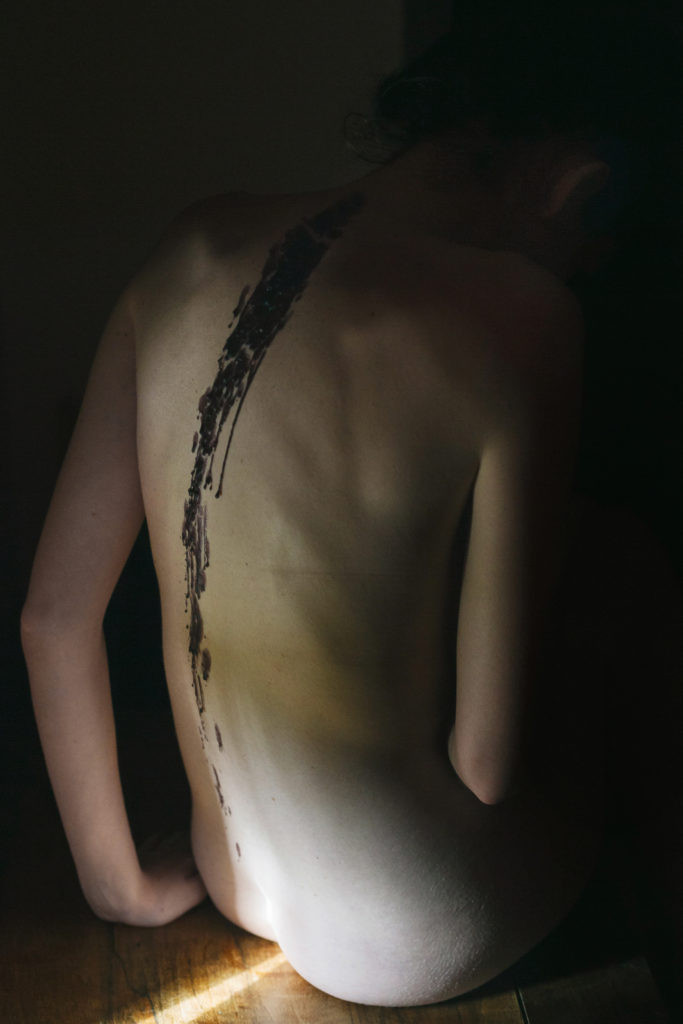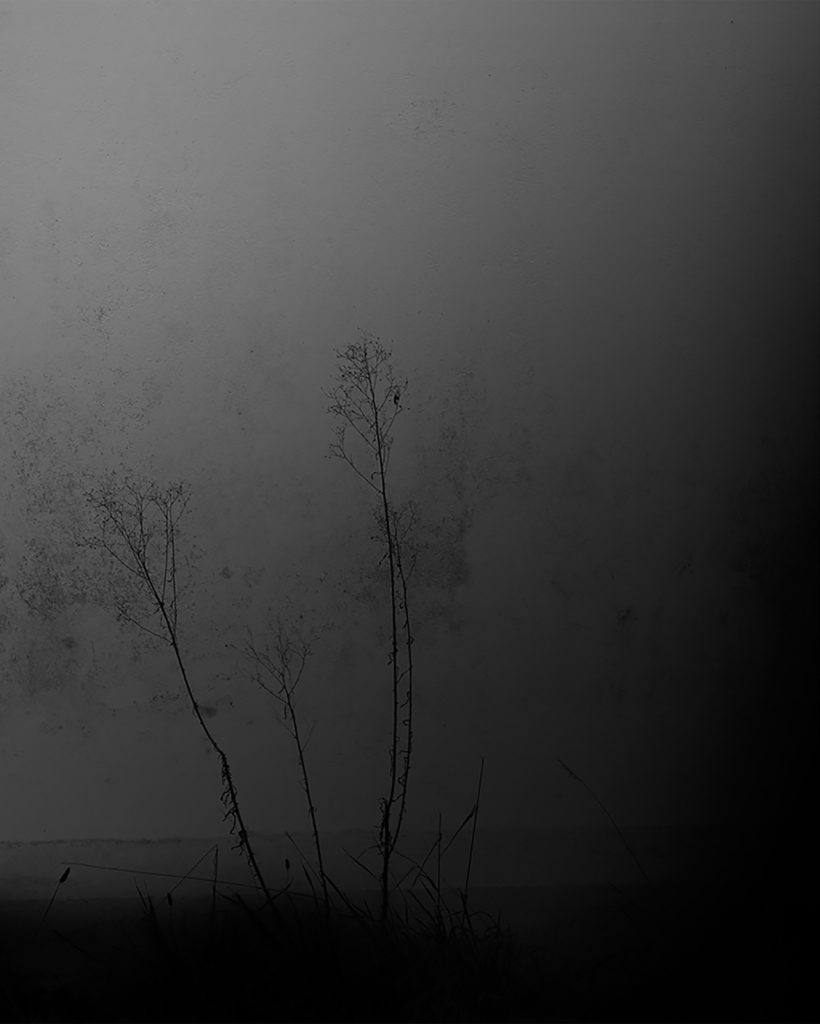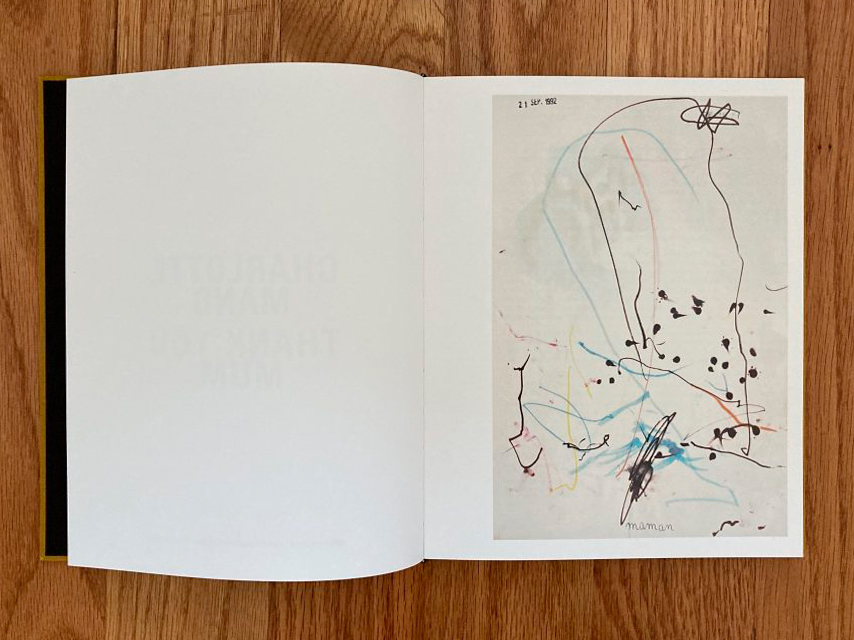Charlotte Mano is a photographer and videographer based in Paris. Shaken by her mother’s illness, Mano has initiated a photographic series staging their daily life into micro-fictions. A response to transform these moments together and celebrate their complicity when the mother becomes little by little the operator of the stagings imagined by the photographer. The two women completely unveil themselves and share in this way the universal strength of mother-daughter relationship. Her photobook ‘Thank you Mum’ published by Éditions Xavier Barral
To begin, can you introduce yourself? How did you begin to make photographs? Where did you grow up and how did that environment shape you?
I am Charlotte Mano, I am 31 years old, I live in Paris and I am a photographer graduated from the Gobelins school of images also in Paris.
I started photography as a teenager, when I was bored in the small village where I grew up (in the southwest of France between the Atlantic Ocean and the forest). My dad had a camcorder neatly stored in a closet and no one was allowed to touch it, it was booked for the next summer vacation. One Wednesday afternoon I borrowed it and filmed myself in the woods, like a nymph, with white sheets, almost naked, I loved it. Unfortunately my father came across the tape during a family dinner and I was immediately punished. I still don’t know if it was the footage that bothered him or if it was just my disobedience. Regardless, I stayed out of trouble when writing a blog that I fed with texts and very poorly edited photographs of myself made with the old webcams of the time. Fortunately at 18 my brother gave me my first camera.
I am very influenced by the nature I grew up in, I like to go back there often. Most of my photographic series are made there (“Thank You Mum”, “Nocturnes”, “Linceul”).
What were the key elements to your photographic education? I don’t just mean photographer and schools—I’m thinking of key life experiences or other forms of art.
There are several things that have been decisive in my photographic journey. Perhaps already the fact of having been a model for amateur photographers, I very quickly wanted to go to the other side of the camera and do my own staging, but I remember their passion for the image and it stuck with me. Also, before studying at the Gobelins, I first did a license in Modern Letters. I like literature and during these studies I particularly studied the fantastic literature of the 19th century (Maupassant, Poe, Villiers de l’Isle d’Adam…) and it completely fed my imagination. The notion of mirror, the notion of haunting, ghost and disturbing strangeness are subjects that still animate me today. Obviously, my photography studies at the Gobelins have finally convinced me, I really felt like I belonged during these three years, it’s rare I think the feeling of feeling legitimate and really belonging, it gave me a lot of strength. Finally, I was struck by the Pina Bausch’s ballets that I was going to see at the Théâtre du Chatelet and at the exhibition by plastic artist Oscar Munoz at the Jeu de Paume, really two visual slaps in which I like to dive back into.
Can you tell us more about the starting point of ‘Thank you mum’ series?
The starting point of the series couldn’t be “simpler”. The announcement of my mother’s incurable disease. The doctors told us there was little time left, a few months. I decided to leave Paris and return to live with my mother in the places of my childhood and start photographing with the idea of saving everything.
The book opens with a beautiful abstract drawing, made by you when you were 2 years old. Would I be prying if I asked you about its symbolism?
I found this drawing quite late in the “Thank You Mum” project and completely by chance while packing my children’s things around the house. Since I don’t believe in chance, I think that while tidying up I was also looking to find traces, links, photos of my mother and I together when I was a child. I found quite a few things but this drawing caught my eye. It moved me, it was my vision of my mother at the age of two, I found it quite fascinating and ultimately quite fair as a drawing. Indeed, its very abstract and illegible side perhaps corresponded to the ignorance I had of my mother at the beginning of the series (2017), It accounts for the work I had to accomplish to know my mother and make this drawing more like… To finally arrive at a readable form of my mother and my meeting with her.
Was there any aspect of the relationship that you could not translate into a photograph?
Obviously when taking pictures you have to choose an axis of work, a kind of method. I wanted to tell the story of a mother and her daughter damaged by an incurable disease. Gradually the “Thank You Mum” series turned into a modest tribute to my mother. I didn’t want nor couldn’t translate the very hard times we had to go through together, the treatments, the long stays in the hospital, the fear, the relapses … it was out of the question to deal with this aspect of our story. To photograph is to resist so it had no place at all.
Can you speak about the editing process? How did you weave between the documentary and staged aspects of the work?
I had no formal constraints on the series, no time constraints, I was completely free. I had no intention of showing it one day anyway, it was by accumulating images that I told myself that it told a story that could speak to others. I went very freely from color to black and white, from digital to analog photography, it really depended on my emotions at the time, there were no rules… I’m not sure that this work is really documentary, most of the images are staged and are based on childhood emotions and memories. It’s a bit like a tale, there are animals that have meanings (the swan, the beetle), lights and atmospheres that are sometimes pictorial, sometimes dreamlike. “Once upon a time there were two women who met with little time to spare” …
What are your next steps?
To be completely honest with you, it’s very hard to bounce back from this series after 3 years of mixing work and such personal experiences. I am deeply marked by the disappearance of my mother and my future projects will necessarily be linked to disappearance, memory, ghost, ultimately themes which have always been important to me and which will mark a good transition in my opinion.
More on her website

















